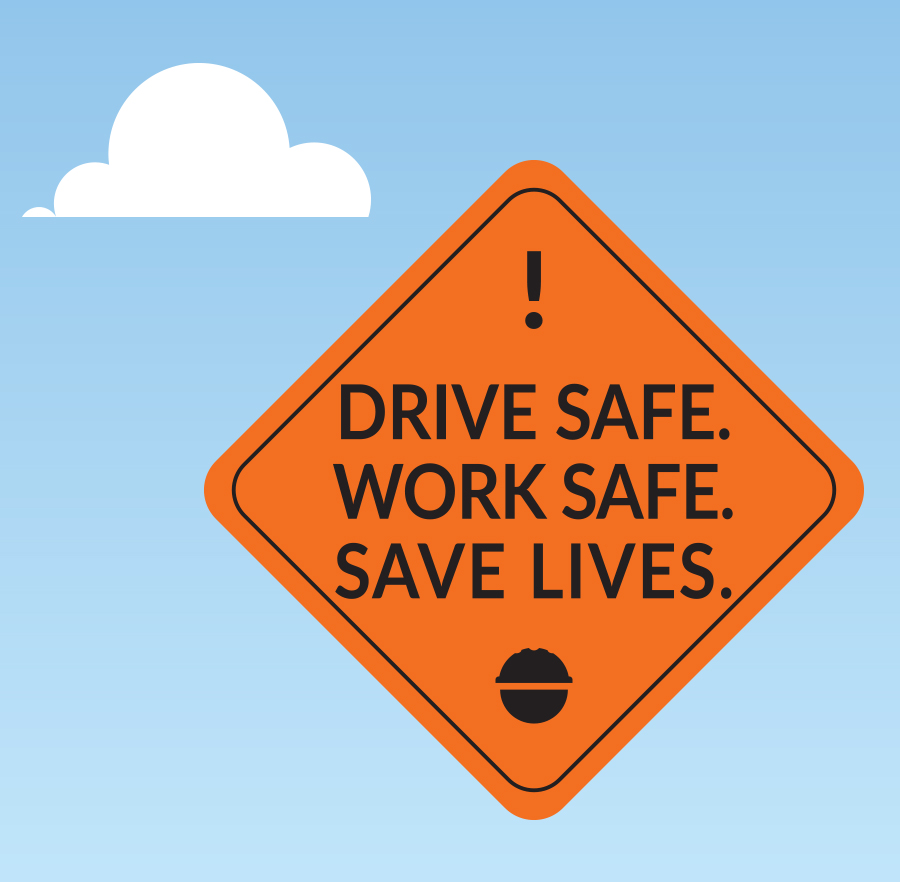e’ve all been there: It’s 8:47 a.m. and the meeting location is almost 15 minutes away when you get stuck in a stop-and-go bottleneck of vehicles waiting to get through an active road repaving project. Suddenly you’re next in line to go through the construction zone when the flagger rotates the “slow” sign around to “stop.” Stuck. It’s tempting to hit the gas and catch up with the vehicle ahead, to leave the bottleneck behind and make it to that meeting on time. But in addition to risking the life of the flagger you’d whiz by, you’re risking your own life and the lives of the workers who are operating equipment within the construction zone. Is it worth it? Never.
In 2019, 842 people in the United States were killed in roadway work zones, according to the National Work Zone Safety Information Clearinghouse. Of that number, 135 were roadway workers. The rest were other motorists, passengers, or pedestrians.
Construction companies are dedicated to ensuring the safety of their workers and the driving public. Roadway work zones use a variety of warning systems, barriers, and other traffic controls to make sure that drivers and work zones stay separated, but it just takes a moment of distraction for an accident to happen and for lives to be changed forever.

Use your phone—doing it on a computer is cheating.
It will probably look like gibberish similar to this: Drogw xzvd zjcn xz d sa s NH xz.
New this year was a texting challenge for those who think they can safely send a text while driving.
Another useful collaboration discussed as part of Work Zone Safety Week is the Work Zone Data Exchange, or WZDx project by the FHWA. The agency hosted a webinar (check it out here: https://wzdxupdatewebinar.eventbrite.com/) about the project. According to FHWA, the project is an open-source data specification that collects live, accurate, and actionable work zone data with the goal of improving roadway safety nationwide. The webinar offers more information about how various agencies are taking part in data collection and how to get involved.
